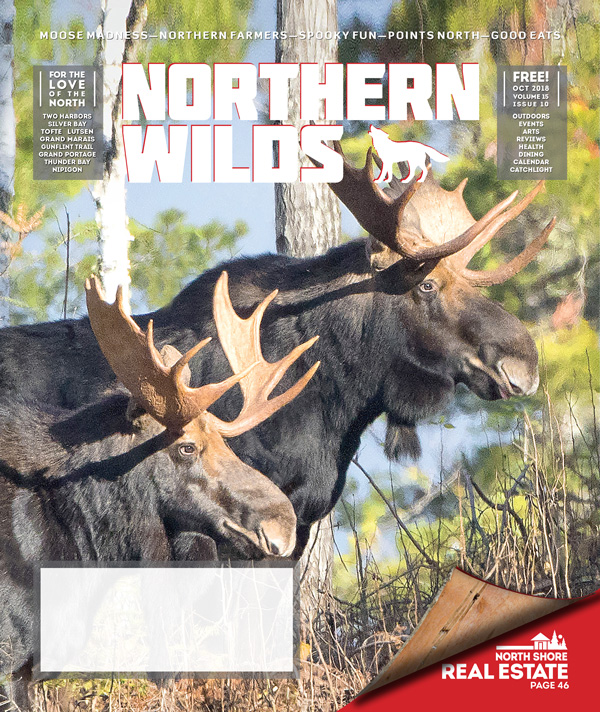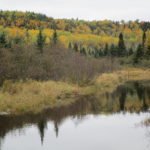One of the benefits of living in the Northern Wilds is the food scene. No matter where you go, a restaurant serving good food is not far away. With a wealth of choices, sometimes it can be difficult to decide just where you want to go for a meal. The good news is that whatever your choice, you are unlikely to be disappointed. The foodie culture seeks out locally inspired entrees, ranging from meals prepared with fresh fish to organic produce. This has created markets for a small, but vigorous farming community to produce a surprising array of agricultural products. In addition, many folks seek out the foods Nature provides from lakes and forests. You might say, “So much food, so little time.”
In this issue, we tip our hat to the local food scene by covering it from many angles. Joe Friedrichs writes about how entrepreneurs are using the commercial kitchen space in community centers to cook up small batches of much-desired food for local customers. Casey Fitchett explains how what was once a small-batch cheese-making operation has grown into larger business justly famed for its Gouda cheese. We also take a broad look at farming across the Northern Wilds, featuring producers who make gourmet vinegars, grow CSA produce, and raise hogs and cattle for the local meat market. Gord Ellis has advice for using local butchers to process wild game. On the flip side, Ali Juten describes how she and her husband make wild game jerky at home. Two well-known restauranteurs, Sarah and Anna Hamilton, show how they’ve used their business as a base to launch projects to benefit those less fortunate. For good fortune, look no further than the story by Emily Stone about how she caught and cooked a chinook salmon this summer on an Alaskan road trip. Julia Prinselaar sits down with an elderly couple with a long history of harvesting wild mushrooms. And dining columnist Maren Webb turns her attention to some of the best steak dinners across the Northern Wilds.
This issue isn’t all about food, but even Eric Chandler mentions that he had a truly excellent hamburger at the Grand Marais Dairy Queen after a grueling five-day hike on the Kekekabic Trail. For homegrown history, Elle Andra-Warner recounts the story of whaleback freighters which originated in Duluth. Amy Schmidt invites us to take a walk and feel good about it. One possible destination is Tofte’s Carlton Peak described in detail by Kim Alan Chapman and John Craddock.
We suggest you take a walk, too. Get outside and soak up the sights and smells of autumn. They won’t last long, because October marks the end of something. Last year, we had lasting snow on the ground before month’s end. That doesn’t happen every year, but we all know what is coming. That’s ok. We’re ready for it. Are you?—Shawn Perich and Amber Pratt




